Many generations of Hungarian children have enjoyed István Fekete’s 1937 adventure novel, The Agha’s Testament, and the film adaptation from thirty years later. These works inspired Benjamin Eredics’ moving, turbulent dance music, in which the typical, characteristic figures of the period and the wild and romantic surroundings of the Hungarian castles of the frontier are brought to life in the language of dance. This is how the Bartók Spring performance “Castles of the Ends, the Knights” is described, which will be premiered in the Great Hall of the Liszt Academy on 4 April.
Although the end of the 16th century is far away from our own time, it is nevertheless interesting to reflect on what life must have been like in and around the glorious castles of the end of the 16th century. Poet Bálint Balassi is also a diligent reporter; we know that his poems were originally intended as songs and written to their melodies, albeit this musical world is usually hidden from us.
The world of the above-mentioned film vividly evokes these glorious times, so if we re-watch the film, we can really get into the mood of Benjamin Eredics’ music. A member of the Söndörgő Ensemble, the composer of the Hungarian National Dance Ensemble’s dance ballad “The Faithless Wife – Barcsai’s Mistress” was awarded a prize in Müpa Budapest’s Music Competition 2020, and the full score will be heard for the first time at this performance by the audience of Bartók Spring.
If you wonder why the composer turned to the world of folk music to evoke Hungarian music of the late 16th century, it is worth reading music historian Dénes Bartha’s essay on what characterised Hungarian music during the Turkish occupation.
“… the songs that have survived to the present day in the form of ballads tell us about the way in which the historical song was performed. We can only observe this improvised-performative, ornamental style of performance of the 16th century … in some older folk music material in its living reality. The testimony of Hungarian folk music is therefore an invaluable aid to our interpretation of the historical vocal material of the 16th century.”
One might legitimately ask: what instruments were used at this time? Bartha writes:
“The lute is generally the leading and popular instrument of 16th-century art music… The Turkish conquest slowly introduced the use of gypsy violinists and cimbalom players alongside the common European instruments (lute, virginal, violin).”
As for the nationality of the musicians:
“The records of the court of Gábor Bethlen mention instruments and musicians frequently. His musicians were largely foreign: strings, lute, theorbist and harp were mainly imported from Germany, wind instruments mainly from France (…) In particular, the orchestra of the Hungarian aristocratic ensembles of the 17th century, which was becoming increasingly established, was characterised by the increasing predominance of trumpet players and trumpet ensembles. While the Báthorys or Bethlen almost exclusively hired foreign musicians, by 1636 we hear of only Hungarian musicians as members of the more modest orchestra of György Rákóczy I.”
However, we need not fear that Benjamin Eredics only wants to make us think about this period in terms of folk music. Modern instrumental effects are also present in his work, which is performed by Péter Kiss on the piano, current and former students of the Folk Music Department of the Liszt Academy, and the Symphony Orchestra of the Liszt Academy. It would be difficult to imagine such a performance without a narration, and Géza D. Hegedűs will take on this role.
Bálint Balassi’s poem “Tánc-nóta” (Dance Song) is sure to inspire us during the evening:
“Happy eyes, who see this, feet, who trot this, | Beautiful white heels, who carry this. | They hold her narrow waist, they feel her weak arms. |It is as they will. | For my eye shall be fair with thy eyes, my hand shall flatter thy hands. | My feet will dance with you…”
It will be difficult to sit still for the music which will combine symphonic sounds with the tones of folk instruments in a thrilling way. I’d look for a dance programme for myself right after the concert, just in case!
Article: Anna Rácz
Translation: Zsófia Hacsek

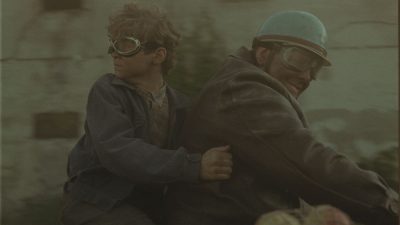


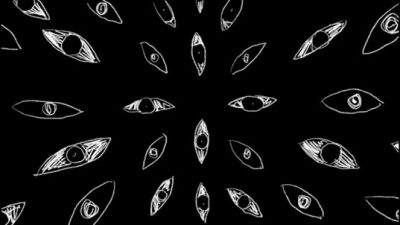


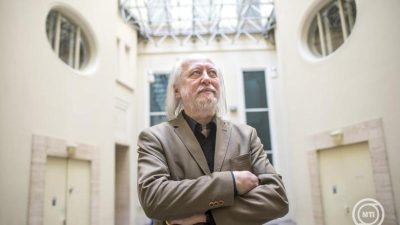





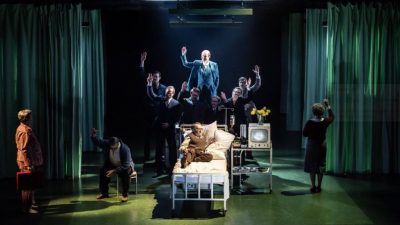
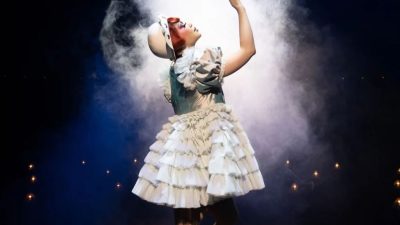
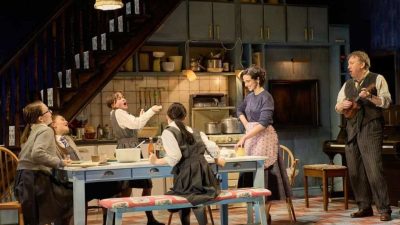





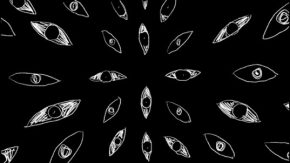


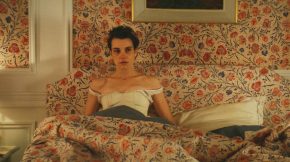
Comments